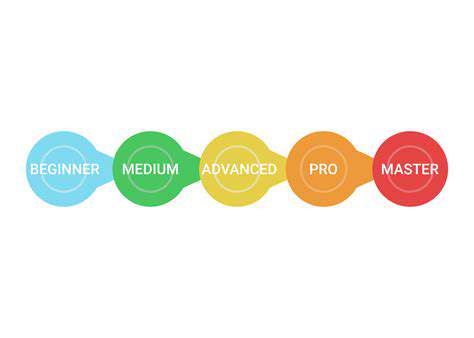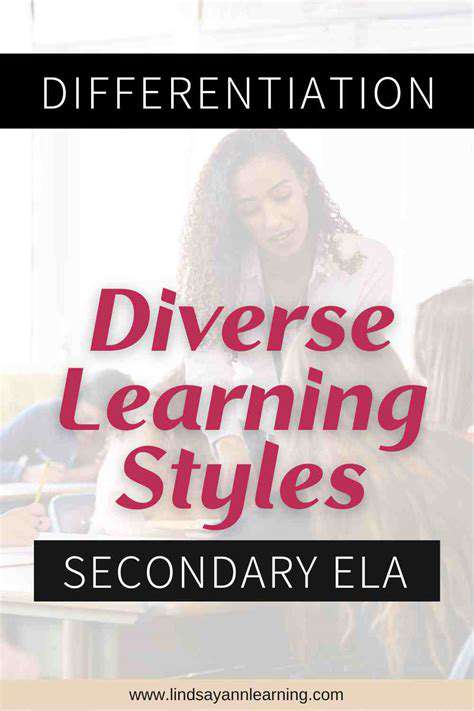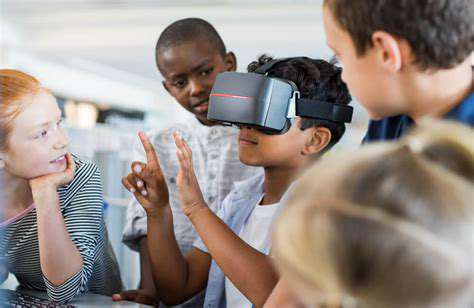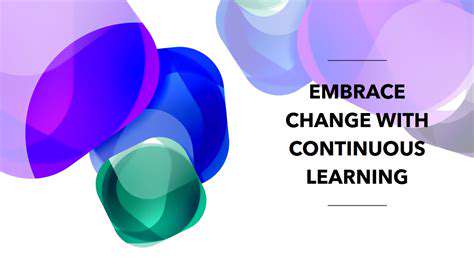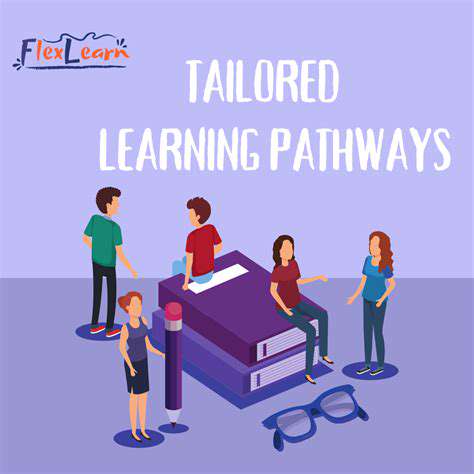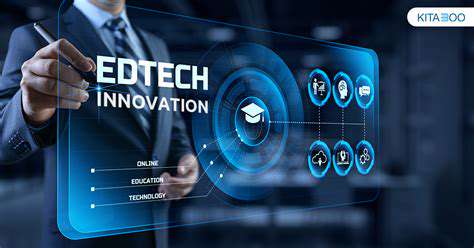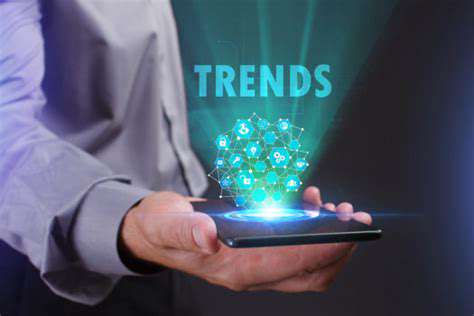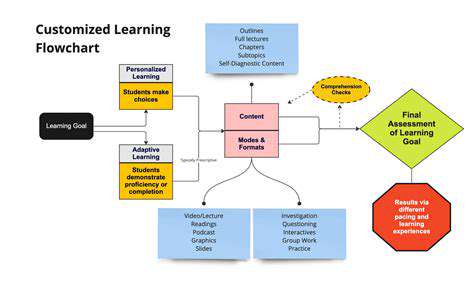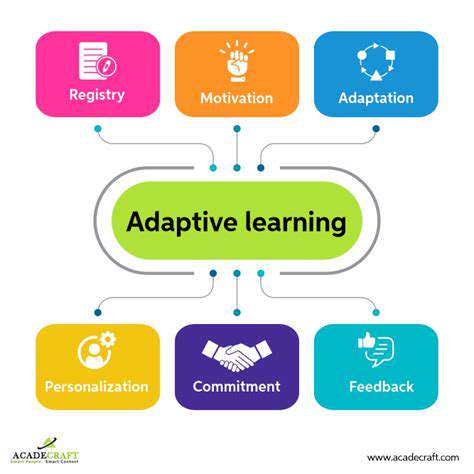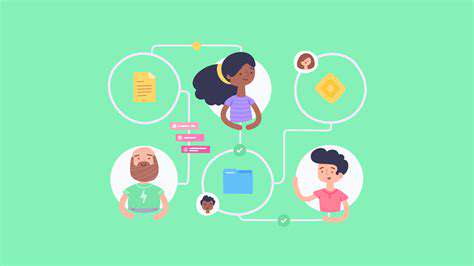Personalizing Learning with Artificial Intelligence
For decades, classrooms have operated on a factory model of education, where identical lessons are delivered to rows of students regardless of their individual differences. This standardized approach often leaves many learners struggling to keep up while others grow restless from lack of challenge. The emergence of personalized learning paths represents a fundamental rethinking of how education should work, leveraging artificial intelligence to create customized educational experiences that adapt to each student's unique combination of abilities, interests, and learning preferences.
AI-Powered Adaptive Learning Platforms
Modern adaptive learning systems represent a quantum leap beyond traditional teaching methods. These sophisticated platforms don't merely present static content - they engage in an ongoing dialogue with learners, constantly assessing performance and adjusting instructional materials accordingly. When a student demonstrates mastery, the system introduces more challenging concepts; when difficulties arise, it provides additional explanations and practice opportunities. This dynamic adjustment ensures every learner remains in their optimal zone of proximal development, maintaining engagement while preventing frustration.
The underlying technology analyzes hundreds of data points from each interaction, building comprehensive learner profiles that evolve over time. These profiles enable the system to predict which teaching strategies will work best for each individual, creating a feedback loop that becomes increasingly accurate with continued use.
Identifying Individual Learning Styles and Preferences
Sophisticated analytics now allow educational platforms to move beyond simplistic learning style categorizations. Modern systems detect nuanced patterns in how students interact with content - which types of explanations they revisit, how long they spend on different activities, and which formats lead to the most successful outcomes. This granular understanding enables platforms to adjust not just what students learn, but how they learn it, selecting from a rich library of instructional approaches including interactive simulations, project-based learning modules, and collaborative activities.
Creating Customized Learning Content
The true power of AI in education emerges when systems begin generating bespoke learning materials tailored to individual profiles. Imagine a student struggling with quadratic equations receiving practice problems contextualized with their interest in basketball, or an aspiring writer getting grammar exercises incorporating their favorite literary themes. This level of personalization transforms learning from a passive activity into an engaging, personally relevant experience that students are more likely to pursue beyond required coursework.
Tailoring Feedback and Support Mechanisms
Gone are the days of generic good job or try harder comments. AI-driven platforms now provide feedback as nuanced as the learning process itself, pinpointing exactly where misconceptions occur and offering targeted guidance. For a math problem, this might mean not just marking an answer wrong, but analyzing the specific error in the calculation process. For an essay, it could involve suggesting improvements to thesis development or paragraph structure. This surgical precision in feedback accelerates learning while building students' metacognitive skills - their ability to understand and direct their own thinking processes.
Measuring and Evaluating Personalized Learning Outcomes
The data-rich environment of personalized learning enables unprecedented insights into educational effectiveness. Educators can track not just whether students reach learning objectives, but the specific pathways they took to get there. This reveals which instructional strategies work best for different types of learners and subjects, allowing for continuous refinement of both the technology and teaching methods. Perhaps most importantly, it shifts assessment from a periodic event to an ongoing process, giving students and teachers real-time visibility into progress.
The Future of Personalized Learning
As these technologies mature, we're seeing the emergence of learning ecosystems that adapt not just to academic needs, but to students' emotional states, schedules, and life circumstances. Future systems might adjust lesson pacing based on detected stress levels, suggest optimal study times based on circadian rhythms, or connect learners with mentors who match their personality profiles. This holistic approach promises to make education not just more effective, but more humane - recognizing learners as complete individuals rather than collections of test scores.
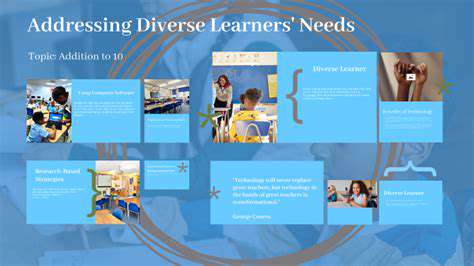
The Future of Personalized Learning with AI
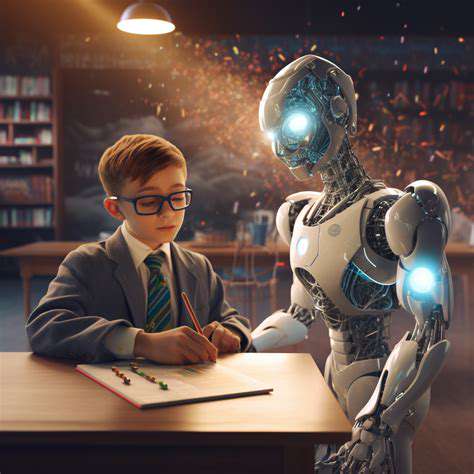
Personalized Learning: A Revolution in Education
We stand at an inflection point in educational history, where technology enables us to finally realize the century-old dream of truly individualized instruction. This revolution extends far beyond academic content delivery - it's reshaping the fundamental relationship between learners and knowledge. Students are no longer passive recipients of information, but active participants in designing their educational journeys, with AI serving as both guide and collaborator in the learning process.
The implications extend beyond test scores and graduation rates. When education respects individual differences, it sends a powerful message about human worth and potential. Students who experience personalized learning often develop stronger self-efficacy, greater intellectual curiosity, and a lifelong orientation toward growth and development.
Tailoring Instruction to Individual Needs
The art of teaching in this new paradigm involves orchestrating multiple dimensions of personalization simultaneously. Educators must balance cognitive factors like prior knowledge and processing speed with affective elements such as motivation and confidence levels. They must also consider practical constraints including available time and technological access. This multidimensional approach recognizes that learning differences aren't deficits - they're simply variations in how human minds engage with the world.
Diagnostic tools have become remarkably sophisticated, using techniques like natural language processing to analyze student writing or eye-tracking to understand reading patterns. These insights allow for interventions so precise they can address learning challenges before students even recognize them as problems.
The Role of Technology in Personalized Learning
Current educational technology represents just the beginning of what's possible. Emerging technologies like augmented reality can create immersive learning environments tailored to individual interests - a student fascinated by ancient Rome could virtually walk its streets while learning Latin. Blockchain technology might enable portable, learner-owned educational records that follow students throughout their lives. These innovations point toward an educational future that's not just personalized, but seamlessly integrated with all aspects of human development.
The most exciting developments may come from combining AI with human insight. While algorithms can detect patterns and optimize content delivery, skilled educators provide the creativity, empathy, and contextual understanding that machines cannot replicate. The ideal learning ecosystem will amplify the strengths of both, creating educational experiences that are simultaneously highly personalized and deeply human.
